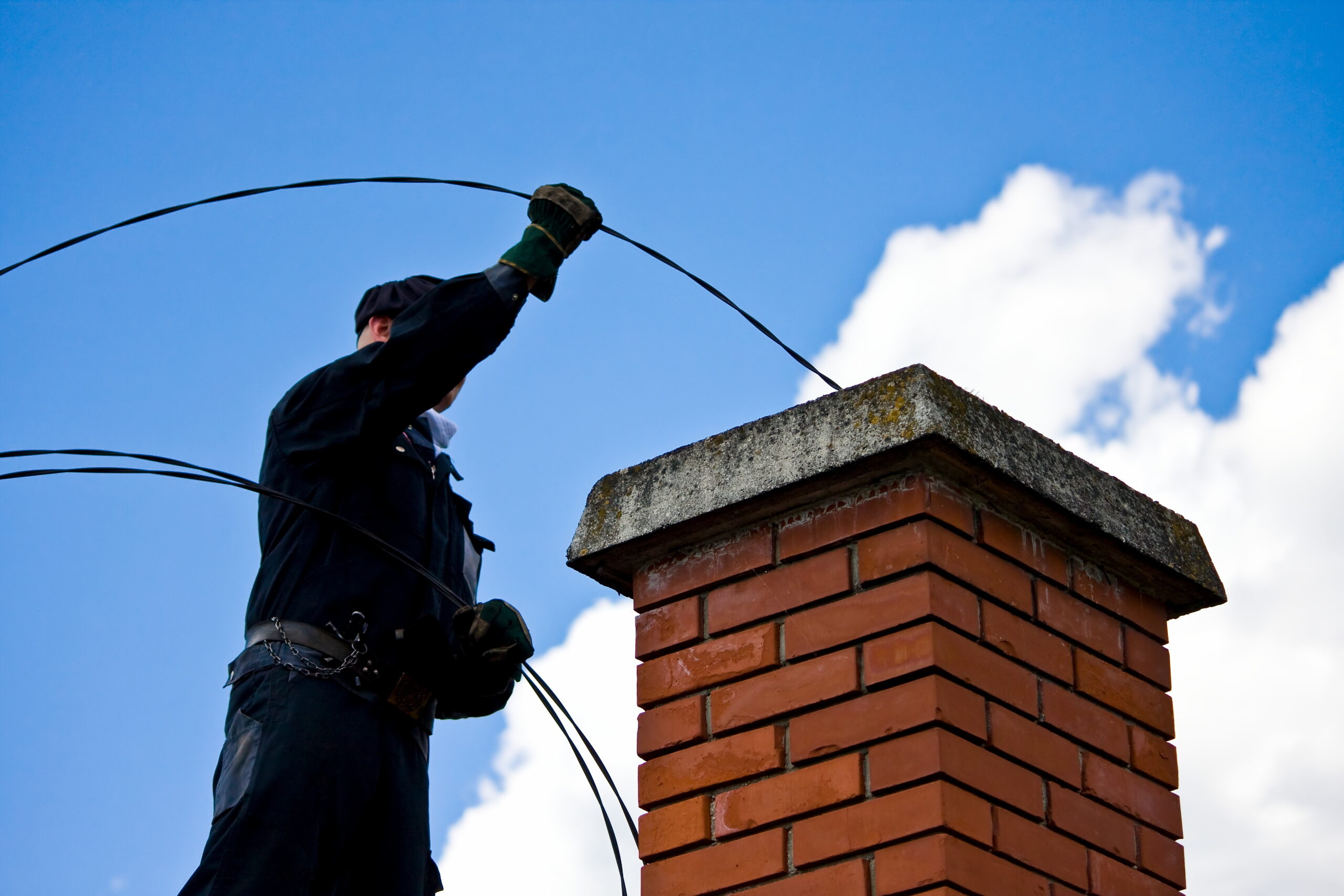How to Identify Typical Issues That Require Smokeshaft Repair in your house
Recognizing usual issues that necessitate smokeshaft repair service in your home is essential for keeping both safety and performance. Routine inspections can expose significant indicators such as creosote accumulation, visible splits, and signs of moisture invasion. What are the specific steps one can take to guarantee their chimney stays in ideal problem?

Indicators of Creosote Buildup
Among one of the most important indications of chimney concerns is the buildup of creosote, a byproduct of wood burning. This substance types when smoke cools and condenses on the wall surfaces of the smokeshaft, bring about a thick, tar-like residue. Over time, creosote build-up can present significant security risks, including a boosted risk of chimney fires.
Property owners should be vigilant in observing indications of creosote accumulation. One primary indicator is the visibility of a strong, pungent smell emanating from the chimney or fire place, especially during cooler months when the fireplace remains in use. chimney cleaning san jose. In addition, dark, shiny deposits on the chimney flue or in the firebox may signal too much creosote buildup
It is advised that a specialist smokeshaft sweep conducts an annual assessment to evaluate creosote degrees and execute necessary cleansings. Dealing with these indications promptly is important to keeping a risk-free and reliable smokeshaft system.
Visible Fractures and Damage

Visible cracks and damages in a chimney can function as substantial indication of underlying structural problems that may call for prompt interest. These blemishes can develop from various elements, including temperature fluctuations, working out of the home, and damage of materials with time. It is vital to assess both the interior and exterior of the chimney for any kind of signs of breaking, spalling, or collapsing masonry.
Fractures can differ in size and relevance. Hairline fractures might indicate small settling, while bigger splits could signal a much more significant structural compromise. Additionally, harmed mortar joints can cause further degradation if not resolved promptly. Property owners need to likewise know any type of leaning or turning of the smokeshaft, as this can pose security dangers and show foundational issues.
Routine assessments by a qualified specialist can recognize these noticeable indicators early, protecting against much more substantial fixings down the line. If you discover any cracks or damages, it is a good idea to seek advice from a chimney specialist who can analyze the situation and suggest appropriate fixing choices (chimney cleaning san jose). Ignoring visible fractures can cause boosted costs and prospective risks in the future, underscoring the significance of timely treatment
Water Leakages and Wetness
Recognizing water leaks and wetness invasion in a chimney is essential for preserving the integrity of both the chimney framework and the home. Water infiltration can lead to significant damages gradually, consisting of architectural deterioration, mold and mildew growth, and endangered safety. Among the most usual signs of dampness concerns is the visibility of efflorescence, which looks like white, fine-grained deposits on the chimney's exterior. This occurs when water evaporates, leaving mineral salts.
In addition, home owners need to check for indications of water discolorations on indoor wall surfaces or ceilings near the smokeshaft, as i was reading this these may show leaks. Normal assessment of blinking, the material that seals the smokeshaft to the roofing, is critical. Harmed or poorly mounted blinking can allow water to permeate right into the smokeshaft framework.
During heavy rains or snowmelt, take note of merging water near the smokeshaft base or on the roofing. This can represent inappropriate water drainage or clogs that need to be addressed. Normal upkeep and punctual repair work are essential in avoiding moisture-related issues, guaranteeing the chimney continues to be functional and secure for use.
Unpleasant Smells

One more possible visit here source of smell is animal invasion. Birds, raccoons, or other wildlife may nest in the chimney, bring about the decay of organic products, which generates foul scents. In such cases, it is crucial to resolve the problem promptly to make sure both the safety and security and convenience of your family.
In addition, stagnant air in a chimney can contribute to moldy smells, typically showing a lack of correct air flow. Preserving ample airflow is important to protect against these problems and make sure the reliable procedure of your chimney system.
Regular assessments and cleansing by a specialist can help determine and correct these odor-related troubles, protecting your home from future complications.
Poor Draft and Smoke Issues
A persistent bad draft in a smokeshaft can dramatically prevent the effective operation of a fireplace or wood oven, bring about smoke-related problems that compromise interior air top quality. This problem frequently results in smoke rippling back right into the home, producing pain and prospective health and wellness hazards for passengers.
Several elements can add to poor draft problems. Blockages caused by creosote accumulation, particles, or animal nests can prevent correct air movement, compeling smoke to turn around direction. In addition, an incorrectly sized important source flue or smokeshaft can harm air flow, making it difficult for smoke to escape efficiently.
Weather conditions, such as solid winds or reduced air pressure, can additionally affect chimney performance, worsening draft concerns. Home owners may notice symptoms like extreme smoke, remaining smells, or difficulty beginning fires.
It is vital to address these problems without delay, as prolonged direct exposure to smoke can lead to breathing issues and other wellness concerns. Routine chimney inspections and upkeep are necessary to recognize and rectify bad draft problems. Consulting an expert chimney sweeper can guarantee thorough cleaning and evaluation, restoring optimal functionality to your smokeshaft system and enhancing the safety and security of your home.
Conclusion
In recap, normal examination of chimneys is essential for determining typical concerns that require repair. Attending to these problems proactively can enhance the safety and security and efficiency of the chimney system, ultimately avoiding extra extreme damages and making sure optimum efficiency.